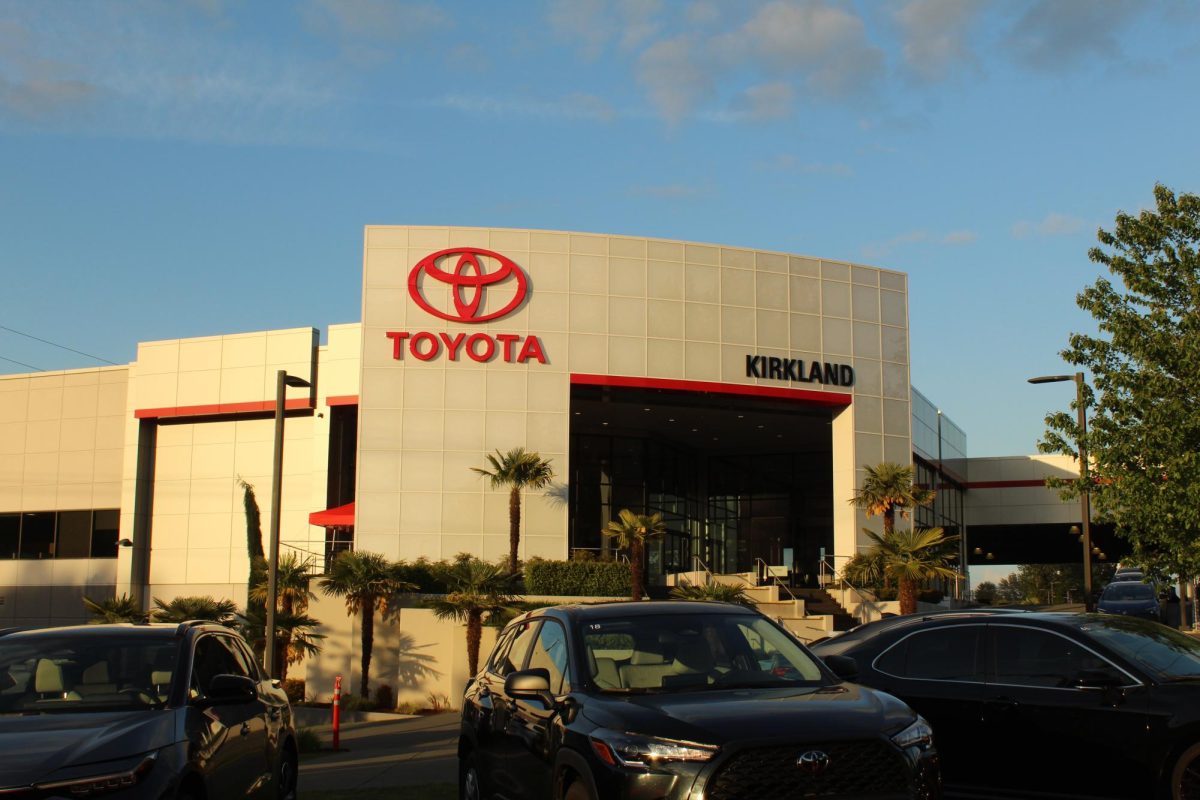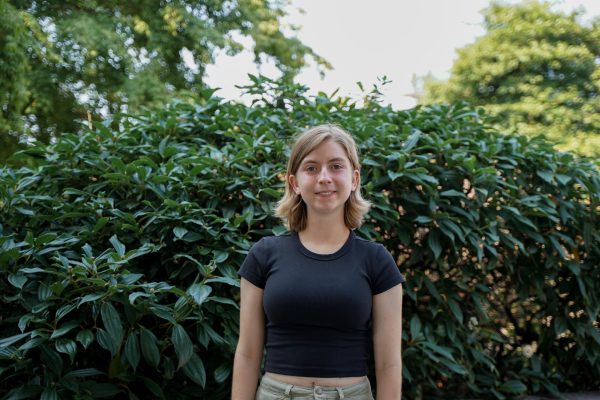Throughout October, several research teams at the University of Washington pioneered advanced technologies and trailblazed scientific discoveries, including prototypes of wearable cameras that can detect medical errors using artificial intelligence. UW’s extensive research has earned it a No. 1 global ranking for its Department of Atmospheric Sciences and a No. 6 global ranking in Clinical Medicine.
On Oct. 22, Dr. Kelly Michaelsen (she/her) completed the first test run of these AI-powered wearable cameras, designed for safer medication administration in hospitals. The cameras tested for an accuracy rate of 98.8% in error detection. The devices alert physicians with auditory and visual cues when they detect an overdose or a medication a patient is allergic to, using data from the patient’s profile. Michaelsen, a physician and scientist in the Department of Anesthesiology and Pain Medicine and the co-lead author of this study, said it would reduce doctors’ fatigue in high-stress environments, allowing them to devote their attention to one task at a time.
“Anesthesiologists are forced to multitask many different things, and multitasking is very difficult for the human brain,” Michaelsen said. “What I hope that my device is able to do is allow people to complete their tasks by identifying drugs and preventing medication errors before they get to the patient.”
In another project, Michaelsen and her team created a smartphone app that allows patients with heart conditions or recent surgeries to check for blood clots using just a drop of blood. These tests, known as Prothrombin Time tests, or PT/INRs, previously required patients to travel to labs but can now be performed easily at home for a low cost.

Dr. Aditya Khuller (he/him), who recently joined UW’s Physical Sciences Department, is the principal author of a UW/NASA collaborative study exploring the possibility of microbes on Mars. This study found that life could be possible on Mars in shallow meltwater pools beneath a layer of ice, building on previous studies that predicted where liquid water might exist on Mars’s surface.
“In this work that I sort of led, we did the other aspect of photosynthesis, which is the radiation part,” Khuller said. “Is there enough sunlight that will actually come in where the people have previously predicted this liquid water? And we found that the regions coincide — where there’s enough sunlight is also where people previously predicted there could be liquid water.”
This study is an important step in testing whether Mars is habitable for any kind of life. Khuller hopes to continue with his research using the resources available at UW.
“I’m now at the Polar Science Center, where everyone does snow and ice. So I’m hoping to collaborate with a lot of people here,” Khuller said. “A lot of them do Earth stuff, which is actually very useful because they have practical experience of seeing ice and how it behaves on Earth. And then we can use their experience to apply it to places we haven’t seen it directly on Mars and Europa, things like that..”
It has been an emergent year for UW overall, with their achievements ranging from numerous Washington Research Foundation grants to a UW professor of biochemistry, David Baker, being awarded this year’s Nobel Prize in Chemistry. Baker was awarded the Nobel Prize for his work with protein building, which involves using amino acid blocks to predict the structure of complex proteins. Michaelsen attributes the university’s success to their vast range of programs and well-rounded faculty.
“It’s really powerful in that there’s always someone with the expertise that I need to get a project done within the university, so I don’t have to travel or ship samples across the country,” Michaelsen said. “UW has renowned specialists in a wide range of fields, and all of them are interested in research and academics. So they’re usually interested and willing to collaborate on projects you’re working on.”
In August, the Cancer Moonshot initiative, which provides funding for new cell imaging techniques, awarded the University of Washington $21 million. This initiative aims to reduce cancer-related deaths by at least 50% by 2047 from 2024.
“There is no telling what the future holds in terms of research. I think we’ll continue to see advances in some of the major problems that our world is facing today,” Michaelsen said. “Work and discoveries related to atmospheric as well as oceanic studies, those are all areas where UW is going to continue to excel.”










